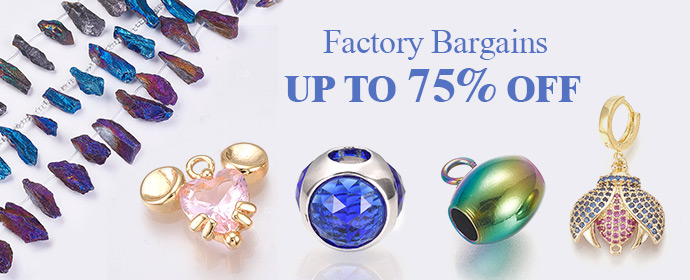As the world becomes more and more influenced by fast fashion and computer-generated styles, something truly special is taking place in the world of global fashion. Traditional clothing, once only worn for special occasions or pushed aside for Western trends, is now making a big comeback into everyday style. From far-off villages to major fashion capitals, ancestral attire is being given new life, not as old-fashioned remnants, but as inspiration for what’s to come.
This worldwide revival is very much tied to specific regions, with each place sharing its unique narrative through fabric, thread, and design. Let’s deeply explore how fashion and heritage is influencing the future of style, one continent at a time.

Photo credit: Instagram
Africa: Where Textile Magic Thrives
Africa boasts some of the globe’s most vibrant textile legacies, and these days, it’s spearheading a fashion phenomenon. Classic fabrics such as mudcloth, raffia, and kente are being transformed into modern outfits that capture attention worldwide.
West Africa buzzes with vibrant wax prints and daring cuts, where tales are woven into hues and designs. Fashion creators blend ceremonial attire with everyday street styles, resulting in looks sported from Lagos all the way to London.
North Africa’s ancient embroidery, caftans, and Berber weaves are making a comeback with sleek, minimalist lines, blending deep spiritual meaning with a fresh, contemporary sophistication.
In East and Southern Africa, there’s a growing wave of environmentally friendly design that draws inspiration from traditional techniques such as beadwork, Maasai shukas, and indigo dyeing, all reimagined for the high-end global market.
This resurgence across Africa goes beyond mere aesthetics; it’s also making an impact economically and politically. Craftsmen and women are being recognized as equal partners in the creative process, rather than just providers of raw materials, signaling a move towards design stories that challenge colonial legacies.
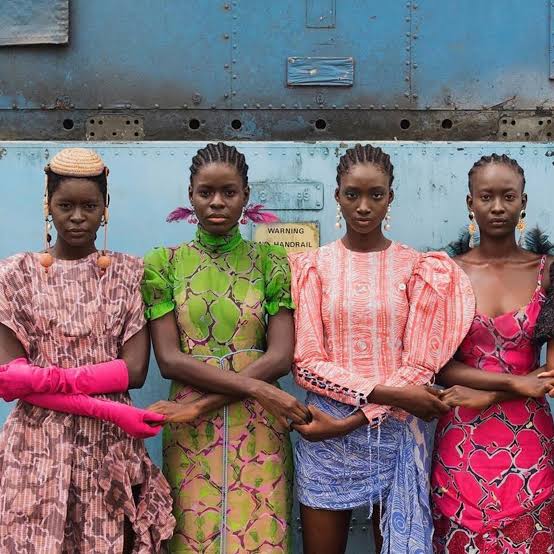
Photo credit: The New York Times
Asia: A Tapestry of Tradition and Modern Reinvention
Asia’s rich fashion legacy weaves through empires, philosophies, and spiritual beliefs. Here, clothing merges form with function, with attire long reflecting one’s status, the season, and sacred symbolism.
In East Asia, traditional garments, be they flowing robes or more structured attire like the hanbok or changshan, are being reimagined and blended with modern fashion, transforming cultural identity into a wearable work of art.
South Asia merges maximalism with craftsmanship. Intricate hand-embroidery, block printing, and loom weaving are finding new expression in everyday wear, not just bridal couture.
In Southeast Asia, a region rich with a blend of tribal, colonial, and spiritual legacies, a fresh wave of designers is emerging. These designers are breathing new life into traditional crafts like batik, songket, and ikat weaving, not merely preserving them as relics of the past, but spearheading a movement towards a more conscious and ethical future in fashion.
The contemporary designers of Asia are masterfully combining the deep knowledge passed down through generations with the latest technological advancements. This fusion demonstrates that tradition isn’t just a passing fad; it’s the very bedrock upon which genuine innovation is built.
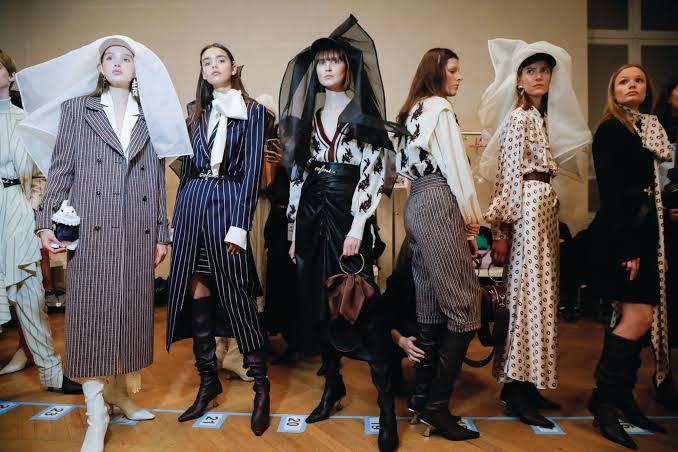
Photo credit: Tatler Asia
Europe: Rediscovering Folk and Forgotten Fashion
Europe seems to be falling back in love with its own unique, often overlooked, folk fashion. After years of looking to global trends, the continent is now turning its attention to the traditional attire found from the Scottish Highlands all the way to the Balkans. These classic styles are getting a fresh, modern twist.
Eastern Europe, for instance, is proudly reclaiming its rich, decorative heritage. Think vibrant floral embroidery, multi-layered skirts, and intricately woven belts – they’re all showing up in contemporary designs, bridging the gap between the post-Soviet era and centuries-old traditions.
Meanwhile, in Southern and Central Europe, there’s a resurgence of appreciation for rural crafts. Lacework, locally sourced woolen garments, and handcrafted footwear are no longer seen as simple or rustic; they’re being celebrated as symbols of luxury and exceptional skill.
Even in Western Europe, where high fashion rules, there’s a renewed interest in artisanal origins. Designers are reinterpreting heritage through slow fashion and sustainable design, drawing inspiration from Irish tweeds, Breton stripes, Alpine knitwear, and even Viking-era leatherwork.
European heritage clothing, once considered old-fashioned or simply charming, is now being embraced by younger generations. They see fashion as a means to safeguard language, identity, and rural craftsmanship.
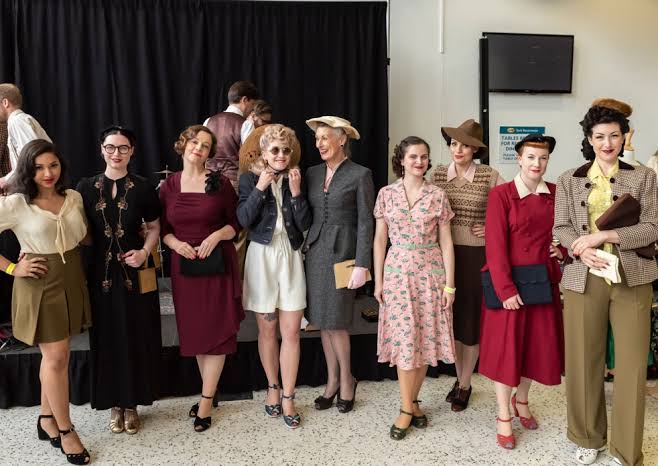
Photo credit: Something Definitely Happened
The Americas: A Story of Resilience, Rebirth, and Rediscovery
Across the Americas, a powerful story of cultural endurance unfolds, particularly within Indigenous and Afro-descendant communities. From the northern reaches to the southern tip, traditional attire is more than just clothing; it’s a bold statement, a visual way to honor the past and push back against assimilation.
In South America, the Andes stand as a fortress of ancestral fashion. The region’s bright wool fabrics, intricate geometric patterns, and deeply meaningful spiritual symbols are now finding their place on international catwalks. Local artisan groups are reshaping what it means to be luxurious on a global scale, all while safeguarding knowledge that might have otherwise vanished.
Across North America, Indigenous designers are reclaiming their heritage, elevating everything from intricate beadwork to regalia-inspired shapes from the realm of costume to that of high fashion. This isn’t just a passing trend; it’s a powerful cultural movement that’s pushing back against centuries of being overlooked.
Down in Central America and the Caribbean, the threads of Afro-Indigenous history are being woven into garments that tell stories of memory and resilience, like the iconic Mayan huipil or the vibrant Creole madras, now gracing both fashion week runways and cultural festivities. Throughout the Americas, traditional attire is shedding its marginalized status and is now taking its rightful place at the heart of the global fashion dialogue.
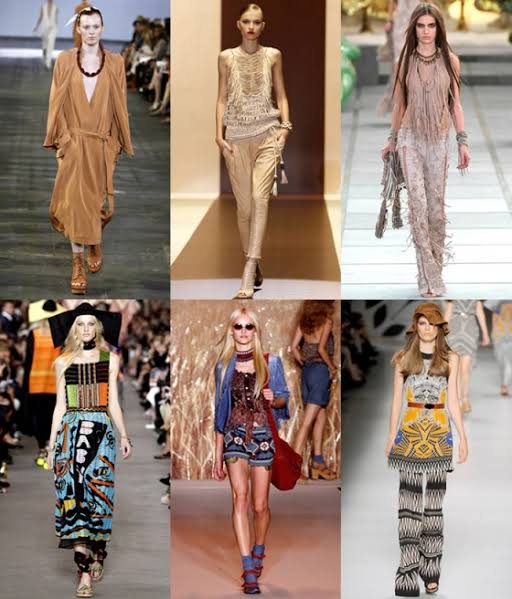
Photo credit: featherandkey
Oceanic Cultures: Holy Garments and Soulful Fibers
Throughout Oceania, attire has held deep spiritual, ritualistic, and social significance. Now, it’s transforming thanks to influential movements spearheaded by Indigenous peoples.
Polynesian and Micronesian communities are breathing new life into tapa cloth, ancient tattoo designs, and woven adornments by viewing them through a contemporary fashion perspective.
Indigenous peoples in Australia and New Zealand are currently undergoing a cultural rebirth, expressing their heritage through design. Fashion designers are using their art to tell stories of their connection to the land, their ancestral heritage, and their resilience. Digital technologies are blending with traditional art forms like dot painting, and modern fabrics like cotton are being combined with traditional materials such as bark cloth.
This part of the world shows how fashion can be a deeply spiritual practice, going beyond fleeting trends to reflect deep connections to territory, ancestral lineage, and the right to self-governance.

Photo credit: ELLE
Why the World’s Fashion Renaissance is Significant
This renewed interest in fashion isn’t simply a case of looking back sentimentally. It’s about:
- Cultural autonomy: Taking back ownership of traditions from colonial stories.
- Eco-friendliness: Embracing slower, more deliberate, and less wasteful fashion practices.
- Creativity: Combining age-old methods with cutting-edge innovations.
- Individuality: Showcasing our distinctiveness in a world that often blends everything together.
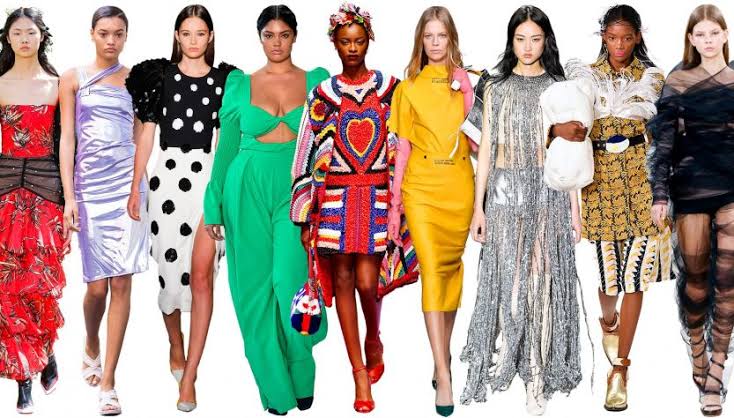
Photo credit: Gold FM
Frequently Asked Questions (FAQs): Fashion and Heritage in the 21st Century
Q1: Is this trend more about holding onto the past or forging ahead into the future?
A: It’s a blend of both. Heritage fashion pays homage to tradition, all while providing avenues for contemporary renewal, utilizing our ancestral roots as a foundation for the designs of tomorrow.
Q2: How do traditional clothes find their place in our everyday wardrobes?
A: Designers are skillfully reimagining them for casual comfort and modern style. Picture things like handwoven tunics, denim adorned with embroidery, wrap-around skirts, or unique hybrid accessories.
Q3: Do heritage clothes have a leg up on fast fashion when it comes to sustainability?
A: Absolutely. These pieces are often crafted by hand, using materials from the surrounding area, and designed to stand the test of time. This lines up perfectly with the values of the slow fashion movement.
Q4: How can shoppers lend their support to this movement in a responsible way?
A: You can buy straight from the groups of artisans who make the clothes, pick out brands that are upfront about where their materials come from, and take the time to learn about the cultural background of the garments you’re wearing.
Q5: What’s the line between actually appreciating a culture through fashion and just plain ripping it off?
A: It’s all about respect, getting permission, and truly getting it. Appreciation is when you show you understand and value a culture. Appropriation is when you take a culture’s symbols out of context and make money off of them without giving credit where it’s due.

Photo credit: LinkedIn
Final Stitch: Embracing Tradition in the Modern World
In the 21st century, fashion is evolving beyond mere novelty; it’s a reflection of authenticity. Traditional attire links us to our narratives, our souls, and the unsung artisans who forged our cultural identities. Amidst the world’s rapid advancement, fashion is making a deliberate return to its roots, carrying the legacy of our forebears.
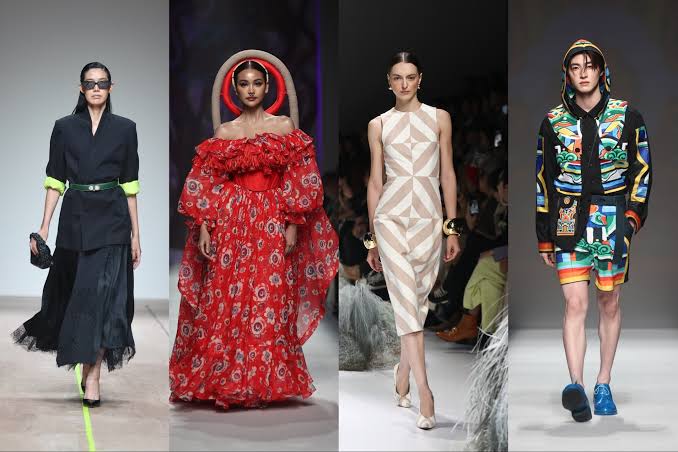
Photo credit: Laotian Times
Author: Raja Bahar Khan Soomro
Further Suggested Readings
1. Correlation of Fashion with Fine Art: Exploring the Creative DNA of Modern Couture Design
Recommended1 recommendationPublished in apparel, Bathing Suits, Bridal, celebrity fashion, Our Fashion Passion, Petite, Plus Size, Pop Fashion, street style, Uncategorized

